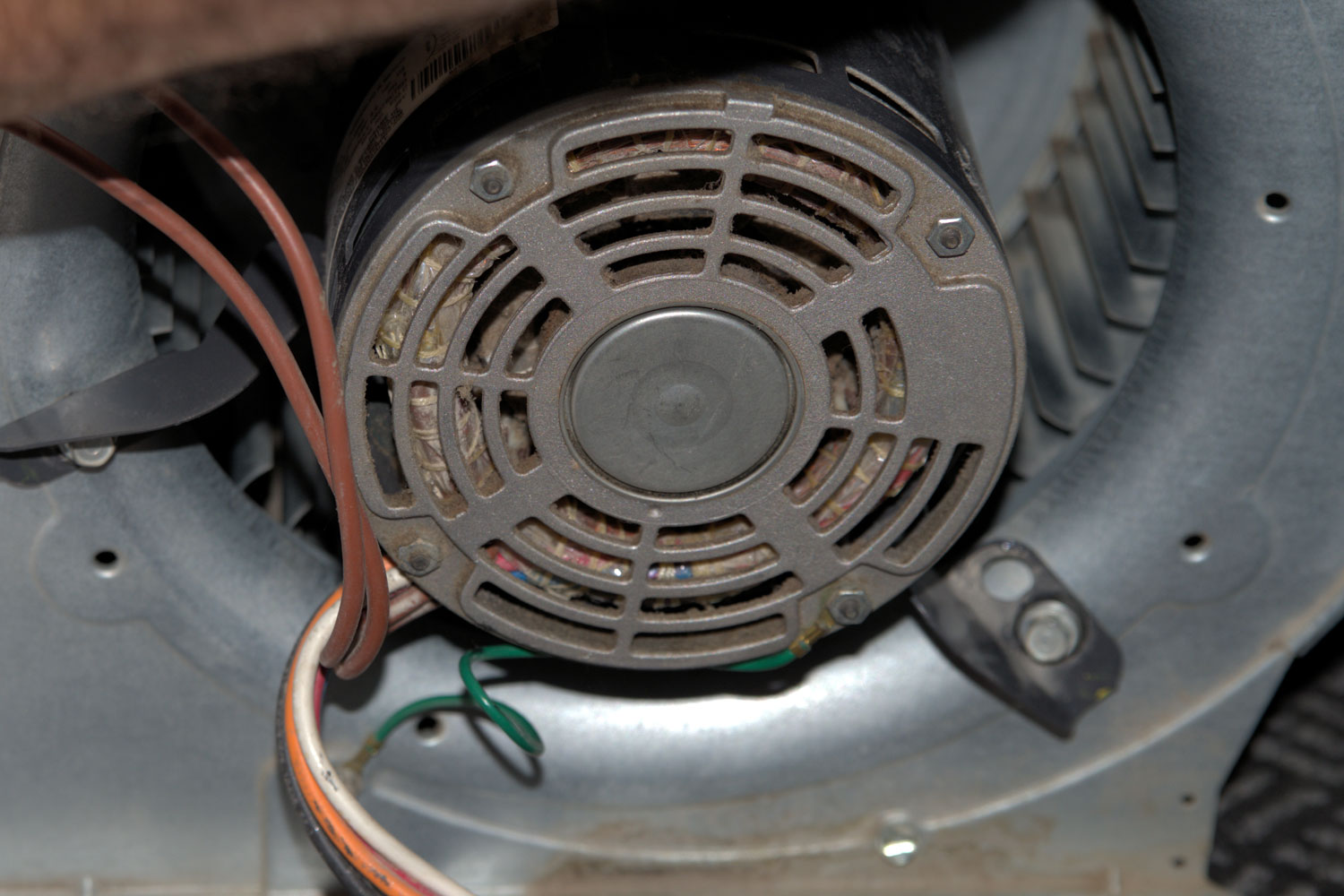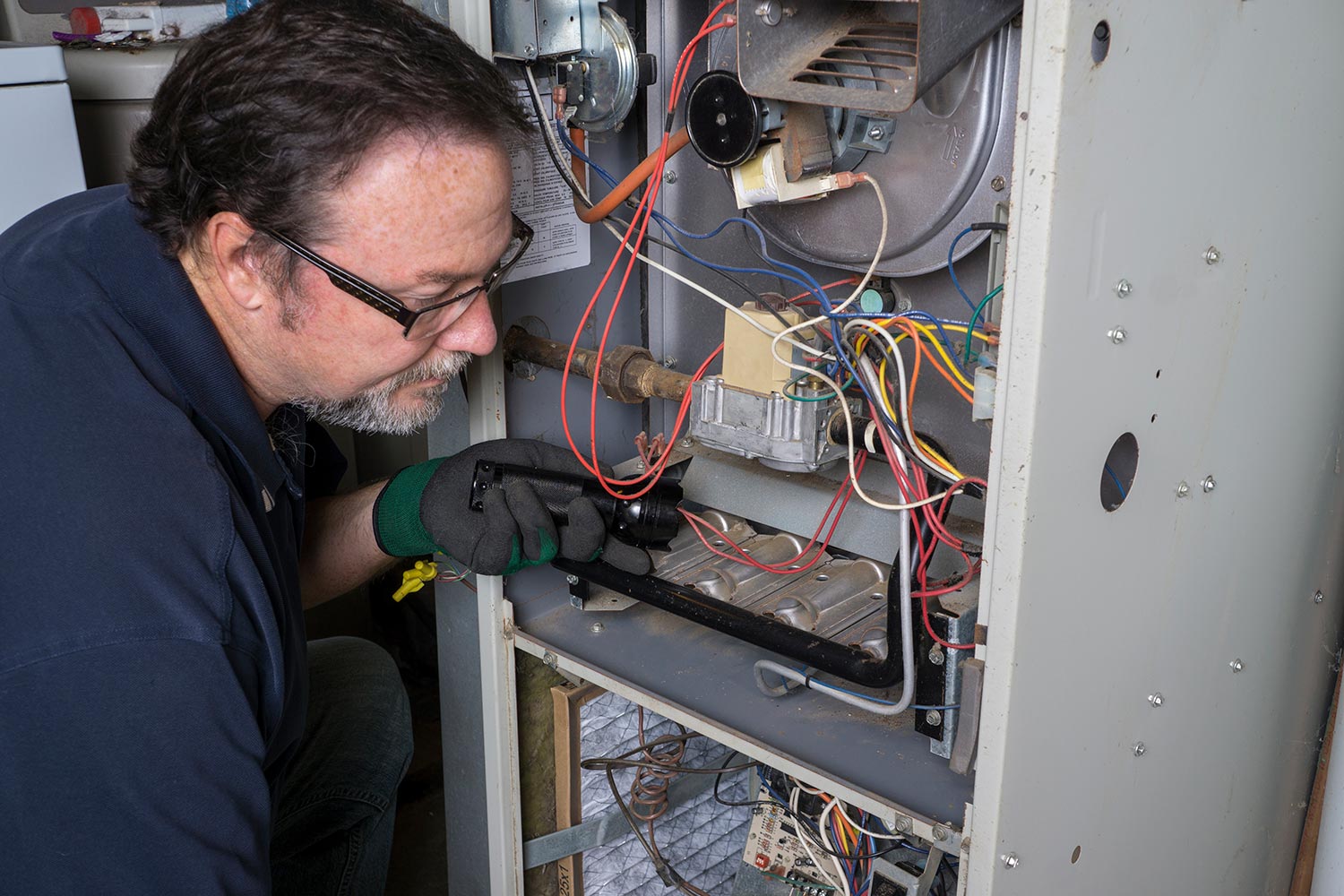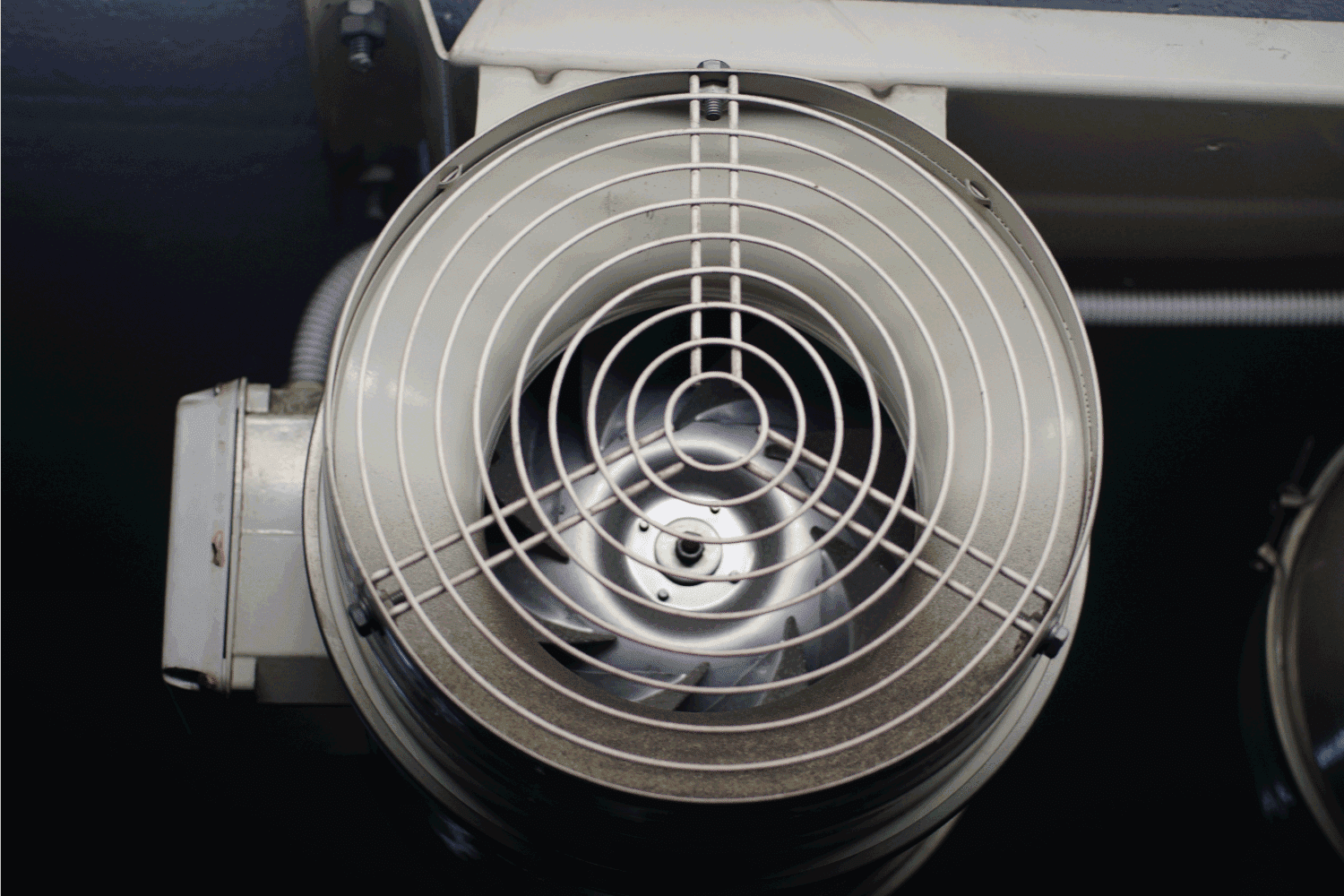In order to provide proper heating, a furnace blower needs a sufficient amount of power. However, how many amps and watts is considered enough? We have done the research to help you answer this question in this article.
Typically, a standard blower fan needs on average 400 watts of electricity. This means that it needs a 15-20 amp circuit. However, depending on the size of your furnace, the amount of needed power could be 20 amps or more.
A furnace blower plays an important role in distributing heat into your home. However, it can't do its job without the right power. This article will take a closer look at the proper amount of electricity needed for a furnace blower. In addition, we will discuss what happens if your furnace blower goes out and how much it is to have one replaced, so read on!
![Furnace fan motor is set in place after a check of the unit, How Much Power Does A Furnace Blower Use? [Amps And Watts]](https://hvacseer.com/wp-content/uploads/2021/12/How-Much-Power-Does-A-Furnace-Blower-Use..png)
How Much Power Does A Furnace Blower Use?
A furnace blower is responsible for distributing heat evenly throughout your home. The blower fan is located in the furnace, and it pulls in cold air from the house. The fan then blows the hot air from the furnace through the ducts and into the rooms of your home. This process helps to keep you warm during the winter months.
Many people do not realize how much power a furnace blower uses. Most furnaces use 400 watts of electricity or more. For example, a 240-volt furnace would need 20 amps, and a 208-volt furnace would require 16.8 amps.
Additionally, you must consider the size of your home when deciding whether you need a furnace blower. The larger your home is, the more power it will require, which could be up to 20 amps or more.
In order to determine the amount of electricity you need for your furnace blower, you will need to find out the wattage of your furnace. You can check the owner's manual or contact the manufacturer. Once you have this information, you can use a conversion chart to convert the wattage to amps.
If your furnace blower does not have enough power, it can overheat and cause the furnace to shut down. This could lead to an expensive repair bill, so ensuring that your blower has enough power is essential.
If you are in the market for a new furnace blower, be sure to ask the contractor how much power you need. Additionally, determine how much it will cost to have one installed before making any decisions.

How Long Do Furnace Blowers Last?
On average, you can expect your furnace blower to last between 10 and 20 years. However, some things will determine how long your furnace blower will last. Of course, the most crucial factor is the amount of use it receives.
If your furnace blower is used frequently, it will likely not last as long as one that is used less often. Additionally, the quality of the blower fan can also affect how long it lasts.
If you use your furnace blower frequently or it has not been well-made, you may need to have it replaced sooner than ten years. To increase the lifespan of your furnace blower, you should ensure that it is not exposed to harsh environments and that it is well taken care of.
Regularly dusting and vacuuming the furnace blower will keep air circulating into the room and prevent dust from accumulating on it. You'll also want to clean any vents at least once a year. This will allow fresh air to come in and reduce pollutants from building up over time.

What Happens When the Furnace Blower Goes Out?
When the furnace blower goes out, the furnace will shut down. This means you won't have hot air heating your home if the blower is not working.
In order to get your furnace back up and running, you will need to pay for a new furnace blower. Additionally, you may have to do other repairs to your furnace.
If your furnace blower goes out, you will no longer have heat. This can cause the furnace to turn on and off at different times. In addition, there are other tell-tale signs to watch for that will signify your furnace blower is going out.
Let's take a look at each of them below:
Decrease or No Airflow
When your furnace blower is working correctly, you should feel an even airflow. If you feel a decrease in airflow, your furnace blower may be going out. In addition, if you turn your furnace on and you aren't getting any air from the vents at all, then that is a sign your blower is bad.
High Energy Bills
If your energy bills have been going up and you're not sure why a bad blower could be the culprit. When a furnace blower malfunctions, it puts more strain on the furnace fan motor. It is common for electric companies to charge higher fees during extremely cold times of the year.
Strange Noises
If you hear strange noises coming from your furnace, this could also signify that the blower is going out. Most furnaces will let you know if it needs repairs by making strange and unusual sounds. If your furnace makes any new or strange noises, check if there's a problem with the blower fan.
Overheating Furnace
If your furnace is overheating, it could signify that the blower fan isn't working. When the furnace fan isn't working, it can't push the heated air out of the furnace. This will cause the furnace to overheat and shut down.
Foul Smells from Furnace Vents
When your furnace blower is going out, you may notice that the air coming from your vents smells strange. If this happens, it is a sign that pollutants are in the air. If this happens, you should have a professional check it out to see what's going on right away. Some familiar smells include musty or burning.

How Much Does it Cost to Replace A Furnace Blower?
The cost of replacing a furnace blower will depend on the type. For example, a single-speed blower can cost on average $400 to replace. In comparison, a variable speed blower can be over $600 to replace.
What's the difference between the two types of furnace blowers?
There are two main types of furnace blowers: single speed and variable speed.
Single-speed blower fans operate at one chosen setting, whereas multiple speeds allow you to choose the exact level of airflow that you'd like.
Variable-speed furnaces can be more efficient than single-speed ones because they use sensors to change the fan motor's speed. This helps to save on energy costs.
If you're unsure which type of furnace blower you have, check your furnace manual or contact your HVAC technician.
Now that you know all about furnace blowers, you can be more proactive in case of a problem. For example, if you need to replace a broken furnace blower, it's essential to know what type of blower you have. You can save money by knowing your options and planning.
Do All Furnaces have Blowers?

If you wonder if all furnaces have blowers, then the answer is yes. Without a furnace blower, the heat coming from the furnace can't be distributed throughout your home. Therefore, the furnace blower is an essential part of your furnace system.
Where is the Blower on my Furnace?
The blower is typically located on the bottom of the furnace. The motor power is usually connected at the top of the furnace itself. The ducts will then connect to the blower and push the heated air through your home. Contact a professional if you're not sure where your blower is located.
Are the Furnace Fan and Blower the Same Thing?
The furnace fan and blower are connected to your HVAC, but they are different. The blower is the motorized part of the system that pushes air through your home, whereas the furnace fan helps to circulate air.
Furnace blowers are more efficient and will offer more airflow than fans. However, furnace blowers will consume more power, whereas a furnace fan will take up less electricity to operate.
Final Thoughts
Overall, if you have issues with your blower distributing power, it could be due to several factors. First, when installing a new furnace, be sure that you have the correct amount of electricity to operate properly. If you're unsure, have a professional take a look. You can also save money in the long run by installing a variable-speed furnace blower.
If you like this article, then check out our others:
How Big Is A Heat Pump (And What Size Do I Need)?
